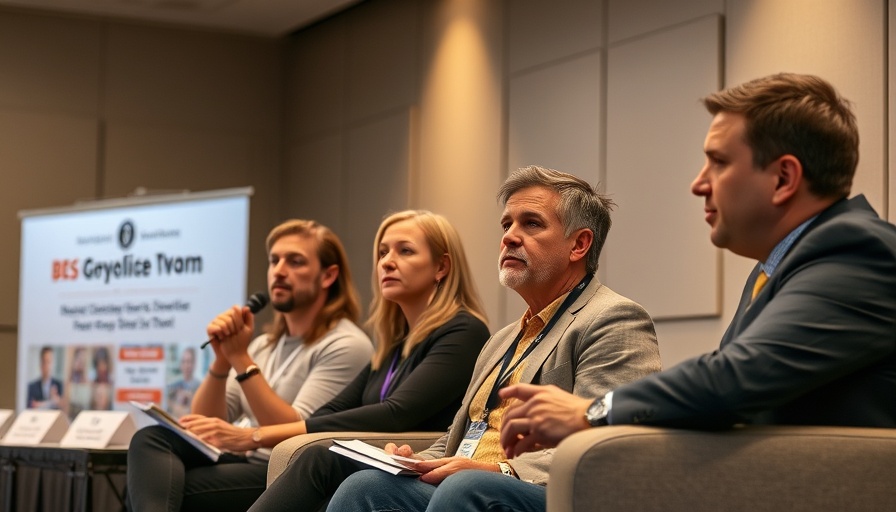
Understanding Lead Exposure's Impact on Health
Lead exposure is a serious issue, particularly for young children, as it can lead to devastating lifelong consequences. Health experts, including environmental scientists and advocates, stress that there is no safe level of lead, particularly regarding its effects on the developmental health of children. The Centers for Disease Control and Prevention (CDC) has long warned about the dangers of lead, stating that it can damage the nervous system and reduce IQ, ultimately harming educational performance and social behaviors.
Community Activism: Grassroots Solutions to Lead Exposure
During a recent forum at the Health Journalism 2025 conference, panelists emphasized the importance of grassroots initiatives aimed at combatting lead exposure, particularly in historically affected neighborhoods like East and Southeast Los Angeles. Sonia Ruiz Roman, a community scientist, underscored the reality that individuals can take action to promote change within their communities. Projects like Prospering Backyards empower residents to find local alternatives and create safer environments, advocating for the need to acknowledge community voices in addressing such critical health concerns.
Policy Recommendations for Effective Lead Mitigation
While community actions are essential, panelists also called for broader legislative push towards comprehensive policies on lead exposure. Emily Rusch from the Public Interest Network criticized the shortcomings of the current “test and fix” approach adopted by many state governments. Instead, she advocated for an “action at every tap” approach, emphasizing the installation of water filters in schools and identifying contamination more effectively. Such initiatives could lead to tangible reductions in lead exposure risk, prioritizing children’s health and well-being as a collective responsibility.
Integrating Wellness into Lead Exposure Awareness
As health enthusiasts, it's crucial to understand how lead exposure affects our overall wellness and how to mitigate these risks. Integrating healthy practices—such as mindful eating and stress management techniques—can promote a healthier lifestyle. For those living in areas with potential lead exposure, focusing on nutrition, exercise, and stress relief can help buffer against the adverse health effects linked to environmental toxins. This creates a holistic approach to well-being while also advocating for community and policy changes.
Future Predictions: A Healthier, Lead-Free Environment
Looking ahead, there are promising opportunities for reducing lead exposure through innovative policies and community initiatives. Experts foresee a future where awareness about lead and its dangers becomes mainstream, and action is taken to create lead-free environments for future generations. Such a shift would require not just governmental action but also active participation from the community, where every individual can contribute to making safer, healthier spaces.
Take Action: Empower Your Community
The magnitude of the lead exposure issue highlights the necessity for individuals and communities to act. Engage in local efforts to advocate for policy changes, educate others about the risks of lead exposure, and support initiatives that promote safe, healthy environments derived from grassroots movements. Together, we can build coalitions that not only address immediate concerns but also pave the way for a sustainable and healthier future.
 Add Row
Add Row  Add
Add 




Write A Comment